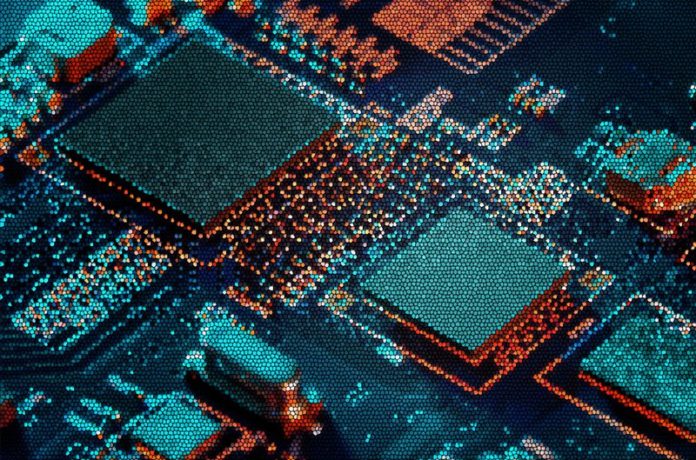
China-based mining giant Bitmain has announced a new mining rig that uses less power. The hardware mining manufacturer has launched a 7nm application-specific integrated circuit (ASIC) processor dubbed the BM1397.
Beyond energy efficiency, the new mining processor promises to achieve faster performance for mining cryptocurrencies that use the SHA256 algorithm for their proof of work (PoW), including Bitcoin and its hard forks.
Like the BM1391 chip that came before it, the BM1397 will be powered by the advanced semiconductor manufacturing technology called the 7nm FinFET process, integrating more than a billion transistors and “optimized for maximum efficiency.”
A statement from Bitmain on its blog reads:
“The new BM1397 chip requires lower power and can offer an energy consumption to computing ratio as low as 30J/TH. This is a 28.6 percent improvement in power efficiency in comparison with Bitmain’s previous 7nm chip, the BM1391.”
Since the market crashed last year, cryptocurrency miners have been shutting down operations across the world as it has become less profitable to mine bitcoin with falling prices and fixed energy costs. Bitmain, which has had operational issues of its own, touts its BM1397 as a solution for miners who want to improve the performance of their mining operations. The new 7nm bitcoin mining processor will feature in Bitmain’s soon-to-be-released Antminer mining rigs — the S1f7 and T17.
Bitmain also unveiled a mining rig for the Equihash algorithm used by privacy-centered crypto Zcash and an Ethereum-focused ASIC miner last year.
At the time, the development of ASIC miners prompted Ethereum’s core developers to agree to implement a new ASIC-blocking algorithm, programmatic proof of work (ProgPoW), which restricts the mining hardware on the network.
Security lead of the Ethereum Foundation, Martin Holst Swende, had noted at the time that implementing the code change would hasten the network’s eventual transition to a proof-of-stake algorithm, where ether is mined by staking coins, not by burning energy.
This article originally appeared on Bitcoin Magazine.

Bitcoinmagazine.com is author of this content, TheBitcoinNews.com is is not responsible for the content of external sites.
Our Social Networks: Facebook Instagram Pinterest Reddit Telegram Twitter Youtube










